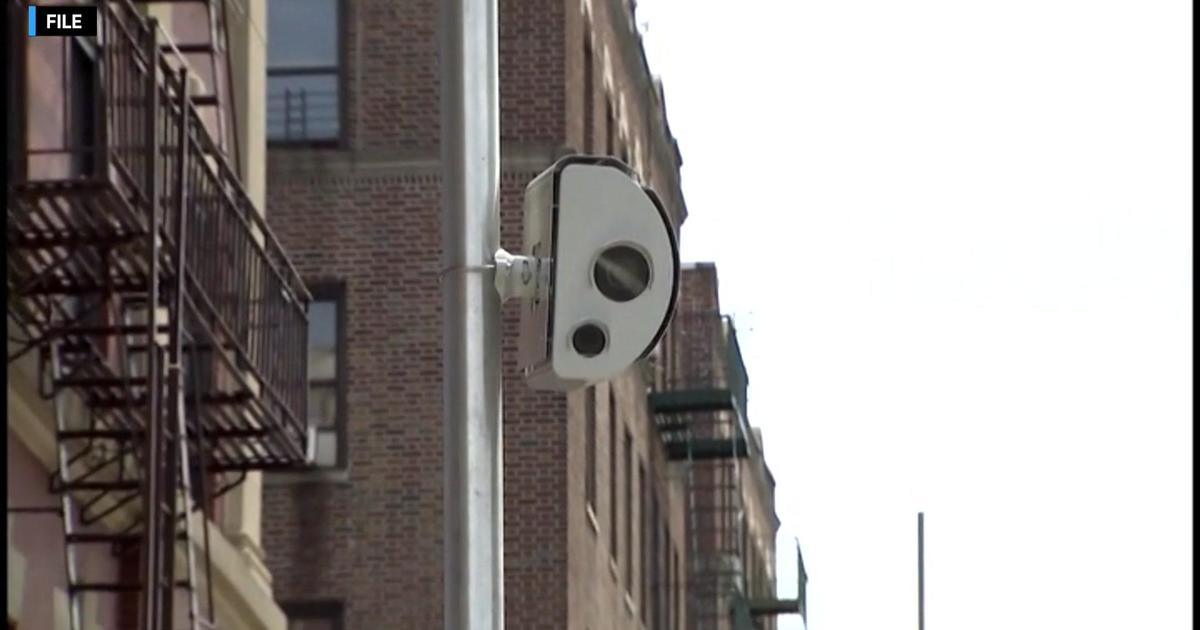Injury Breakdown: Exercises in Futility - More Lower Body
By Abby Sims
» More Columns
Part four of the "Exercises in Futility" series continues to address low back/lower body exercises more likely to result in injury than benefit. Safe alternatives utilizing better and less stressful mechanics are offered in order to reduce the potential for injury. Dead lifts (#1) Full Arc Leg Extensions (#2) and Deep Squats (#3) were reviewed in the prior posts of this series. Some of the other prime offenders targeting the lower body are:
1. Dead Lifts
2. Full Arc Leg Extensions
3. Deep Squats
4. Full Arc Back Extensions
5. Hurdlers Stretches
6. Hamstring Stretches with the Leg Propped Up too High
4. Full Arc Back Extensions
Whether performed on a Roman Chair, a prone (on your stomach) leg curl machine (more traditionally utilized for hamstring strengthening), or lying over a physioball, extending your back (moving toward an arched position) against gravity (or against added resistance) can be a dangerous exercise if performed too aggressively.
Many therapists and exercise enthusiasts forget to strengthen the muscles of the lower back while focusing on the more publicized and photographed abdominals. Though the abs are crucial to protecting the lumbar spine (low back), they are but one group of the core muscles. Achieving a balance of strength about the spine is crucial to stabilization, and working on the back extensors is an important part of that process. It is best to begin by stabilizing the low back in a neutral position (neither arched nor rounded significantly). Basic extension exercises are progressed to include movement from a position of slight to moderate lumbar flexion (bent forward) toward a neutral position or only slightly beyond. Avoiding the extreme of arching protects the low back while still strengthening the extensors of the spine. Extension exercises should not be done in standing. Posture is key – the head and neck should remain aligned with the trunk when performing lumbar extensions. Some options include:
Some options include:
§ In a quadriped position (on hands and knees), reach forward and raise one arm up while raising the opposite leg up and back. Keep the abdominals tight and your spine in a neutral position. This basic exercise engages your abs as well as your back extensors.
§ Re-purposing the (prone) leg curl machine. This machine starts you off with your back in a forward flexed position. Stabilize your ankles under the pads by placing the pin at the heaviest weights – you won't be using the weights as resistance, they will just help to hold your legs in place. With your palms on your butt, tighten your buttocks. Then raise your head and shoulders up until your back is in a neutral position.
§ Maintaining a neutral position with the trunk unsupported (ie: lying with your pelvis over a ball & your feet stabilized at the base of a wall). Rest between repetitions by supporting your hands on a stool or on the floor.
§ Advance the above by raising and lowering your trunk through a controlled range of motion.
Note that if you have back pain, these exercises may not be appropriate until you have progressed to be able to safely include them in your program. If moving into an arched posture reproduces your symptoms or causes them to radiate to your buttocks or legs, then you should avoid extension exercises until that is no longer the case. However, if walking tends to ease your symptoms, an extension biased lumbar stabilization program may be just the way to begin. Note that some conditions that entail instability of the spine require an avoidance of extension postures. If you have had episodes of back pain it is recommended that you consult a medical professional and proceed with caution.
5. Hurdlers Stretches
Intended to stretch the quadriceps muscles in the front of the thigh, this time-worn stretch puts the knee in a hurdlers position which places stress on the inner (medial) compartment of the knee. The quadriceps is a group of four muscles that work together to straighten (extend) the knee. One of the four quads also crosses the front of the hip joint and therefore also assists in bending (flexing) the hip. There are better ways to stretch your quads than by doing a hurdlers stretch.
Alternatives:
Two-joint muscles (those that cross two joints) such as the quadriceps must be put on stretch by distending them over both joints they cross. For the quadriceps, this is most easily done in a standing position. Stand next to a wall (for assistance with balance if needed) with erect posture. Grasp your ankle (use a towel or stretch cord if you are very tight and can't reach easily) and draw your thigh backward so that your knee is in line with, or slightly behind, the plane of your hip. Keep your abdominals tight (do a posterior pelvic tilt) to flatten your back. Lastly, bend your knee by drawing your foot toward your buttock. Be sure to use the right hand to grasp the right ankle and draw it toward the right buttock in order to maintain your alignment.
A modified version can also be performed lying on your side or your stomach. In each case, the alignment is crucial, as is the abdominal bracing. Avoid bending forward from the hip or waist and don't allow your back to arch. Repeat four (4) times and hold each repetition for approximately 30 seconds. Remember, if you are including static stretching in your exercise program, you will derive the greatest benefit if you warm up first, or stretch after completing your other exercises.
6. Hamstring Stretches With the Foot Elevated Too High
The hamstrings also cross the hip and the knee but are located in the back of the thigh. They act to bend (flex) the knee and also extend the hip (moving the thigh toward the plane behind the body when the knee is straight). Many people hoist a foot up onto a high surface and lean forward to stretch the hamstrings. Others may hang downward to reach toward the floor. Both these options are not recommended. Anyone who is even mildly or moderately tight will go beyond the slack in the hamstrings in these positions, thereby straining the low back in a forward bent position and placing stress on ligaments and discs. Most people think their hamstrings are looser than they actually are.
Alternatives:
There are a number of ways to stretch the hamstrings safely and effectively. All should be performed once warmed up, held for approximately 30 seconds and repeated about 4 times.
§ Lying on your back, grasp the back of your thigh with both hands to draw your (bent) knee toward your chest (use a towel or stretch cord to reach if you are very tight). Tighten your quadriceps to straighten your knee as much as possible without allowing your thigh to move.
§ Sit toward the front edge of a chair (one not on casters). Rest one foot forward with the knee straight. Bend forward slightly from your hips until you feel the stretch, keeping your back very straight. Avoid bending too far, rounding your back or rotating your trunk.
§ Modify the stretch with the leg elevated by standing and resting one foot on a stool, step or other slightly elevated surface. As above, bend slightly and from the hips only until a comfortable stretch is felt. Your spine should remain flattened.
Some people flex the ankle while stretching the hamstrings, but I prefer the hamstrings to be isolated from the calf. The calf muscles are put on stretch when the ankle is flexed and when two muscle groups are put on stretch simultaneously, the tighter one may limit the ability to stretch the other to its fullest.
Follow Abby @abcsims on twitter.com, and read more about her work at www.RecoveryPT.com.
Related articles
- Injury Breakdown: Exercises in Futility - Lower Body (newyork.cbslocal.com)
- Injury Breakdown: Exercises in Futility (newyork.cbslocal.com)




